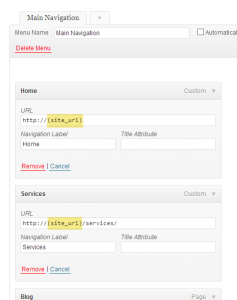(Newer post December 2025)
First run svn up to update the local copy.
Make changes to the files in /trunk. The WordPress readme.txt will probably refer to a stable release version (e.g. 1.2.2).
Changing ONLY trunk is not enough, you also need to commit the changes to the stable version.
Update Readme without tagging new version
(I think. Last time I did tag a new release)
If you are doing a readme.txt change only (not code) you can update the existing tag. For example to bump the “tested up to” version you DON’T need to tag a new version and release an update.
svn add trunk/* --force to add the changes made for /trunk
svn commit -m "Tested up to whatever"
Committing new code & tagging a release
Make code changes to /trunk, same as when you are not tagging.
Run svn add trunk/* --force (same as above)
svn cp trunk tags/1.2.3 to copy trunk to a new release (where 1.2.3 is the new intended release)
svn ci -m "My commit message"
